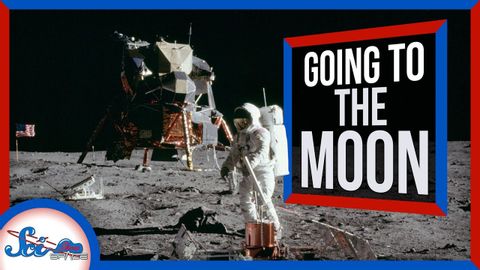
字幕與單字
把人類送上月球的代價是什麼? (Here's What It Took to Put Humans on the Moon | Compilation)
00
林宜悉 發佈於 2021 年 01 月 14 日收藏
影片單字
pressure
US /ˈprɛʃɚ/
・
UK /'preʃə(r)/
- n. (c./u.)壓力;壓;擠;緊迫;催促;壓力;壓力 (物理學);壓力 (印刷);時間壓力;政治壓力;血壓
- v.t.施壓;迫使...做某事
A2 初級多益中級英檢
更多 使用能量
解鎖所有單字
解鎖發音、解釋及篩選功能
